 “Man’s fatal flaw is misplaced optimism.”
“Man’s fatal flaw is misplaced optimism.”
Allan Wolf, ‘The Watch That Ends the Night’
In November of 2016 I wrote a post to this forum in response to the seismic events of that year… the which, of course, included the decision by the United Kingdom to depart from the European Union – and the unexpected (by many) election to the US Presidency of the orange weirdo!
I closed that post with the following:
“What has transpired this year has been a massive wake-up call. In neither the UK nor the US can politics carry on being ‘business as usual’. That model is broken. What now needs urgently to happen is that the centre and the left of centre must start over and build themselves completely afresh – learning not only from what has happened, but also from how and why it happened. This represents a huge opportunity – such perhaps as has not been presented since the end of the second world war. And – concerning that prospect – I feel optimistic“.
You can be pretty certain that – when I scribbled (typed!) that screed I could not have imagined in my wildest fantasies that the madman across the water who was then about to enter the White House would again be poised so to do eight years hence. Or that what in 2016 looked to all the world to be a terrible and potentially calamitous error of judgment on the part of the US electorate now transpires to be an wilful expression of the darkest desires of the majority thereof.
Few of us could have dreamt of the frankly inconceivable sequence of events that has occurred over this late period, and that has led us to this point. I am shocked that we find ourselves in a position regarding which the paragraph that I wrote in 2016 could – and perhaps must – be written again entire…
…though perhaps without the concluding “I feel optimistic“…
Can we really not do better than this?


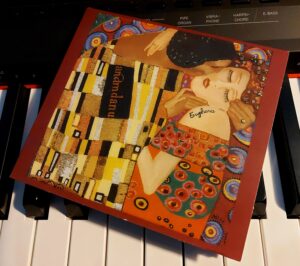
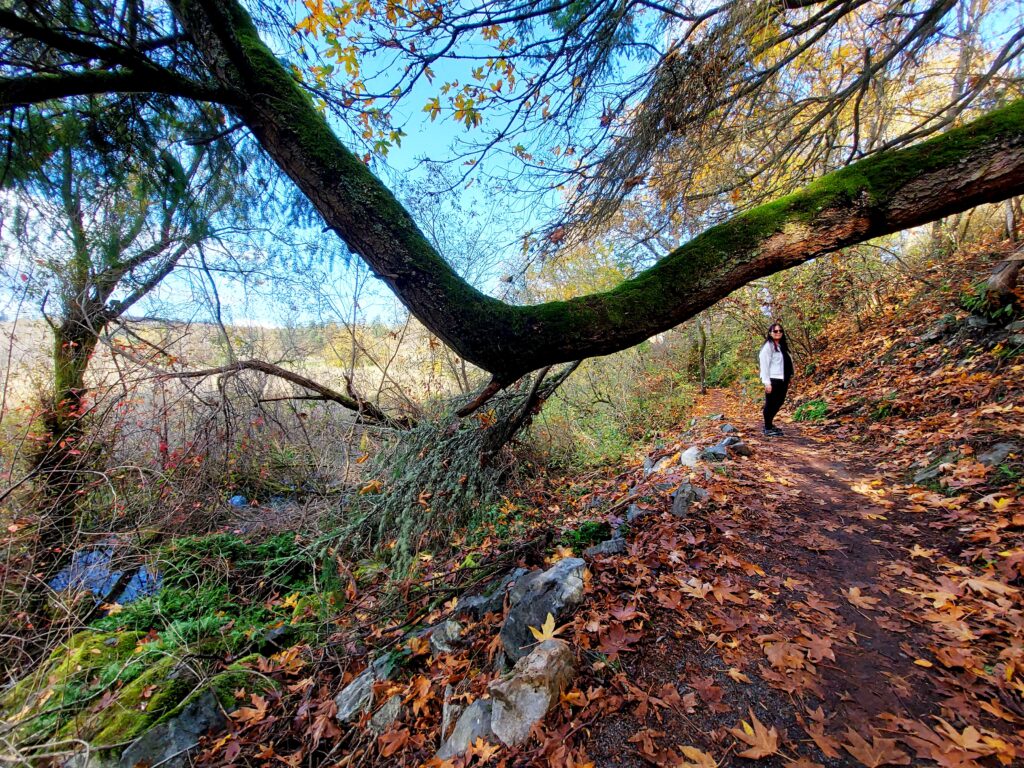
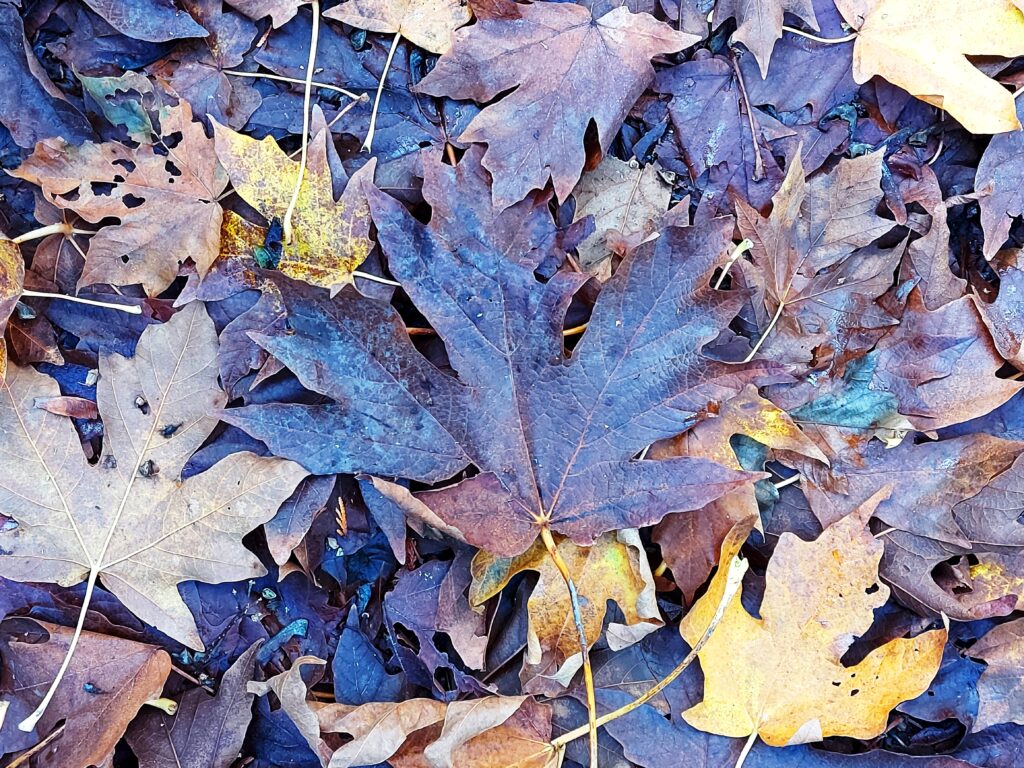
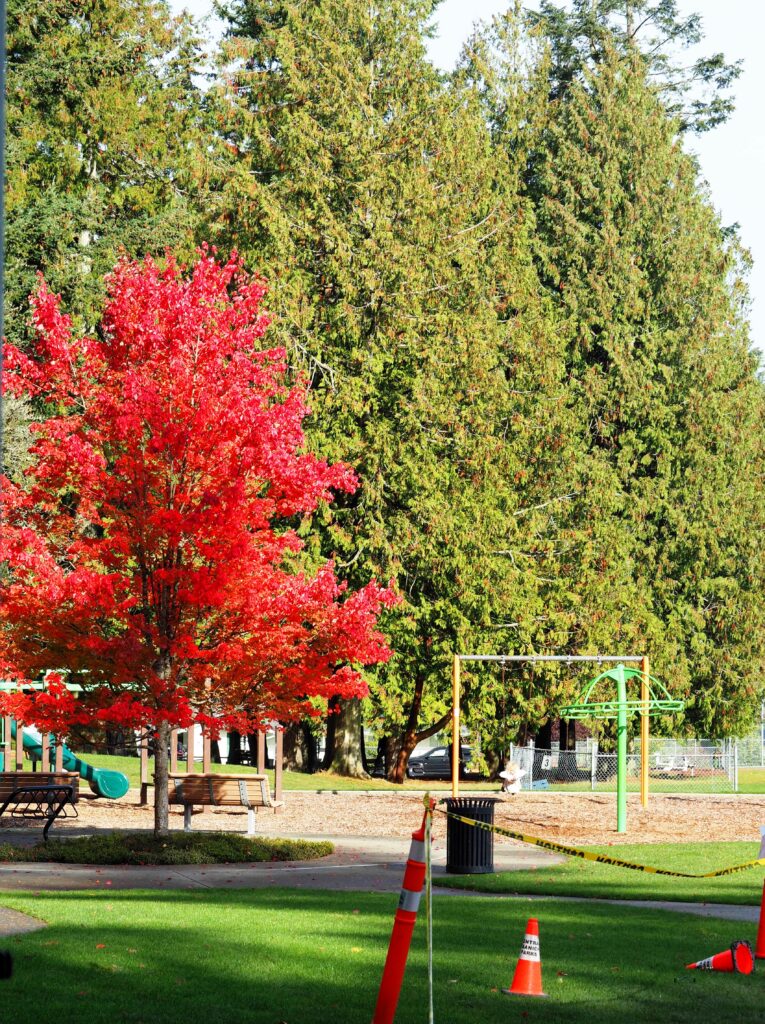
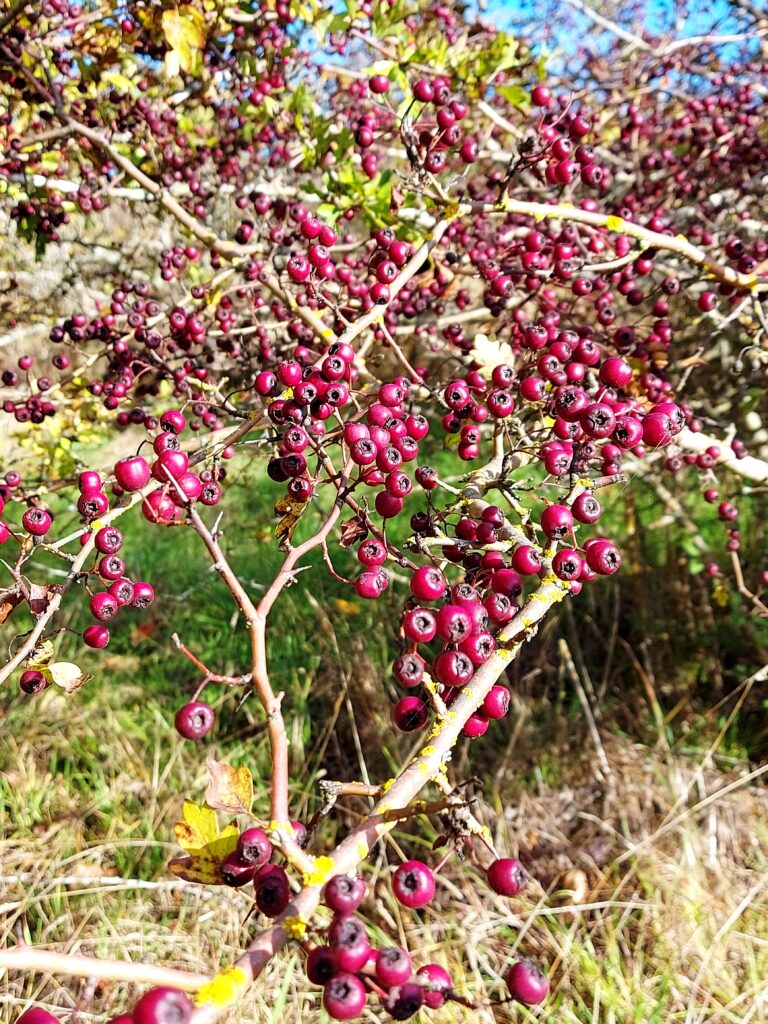
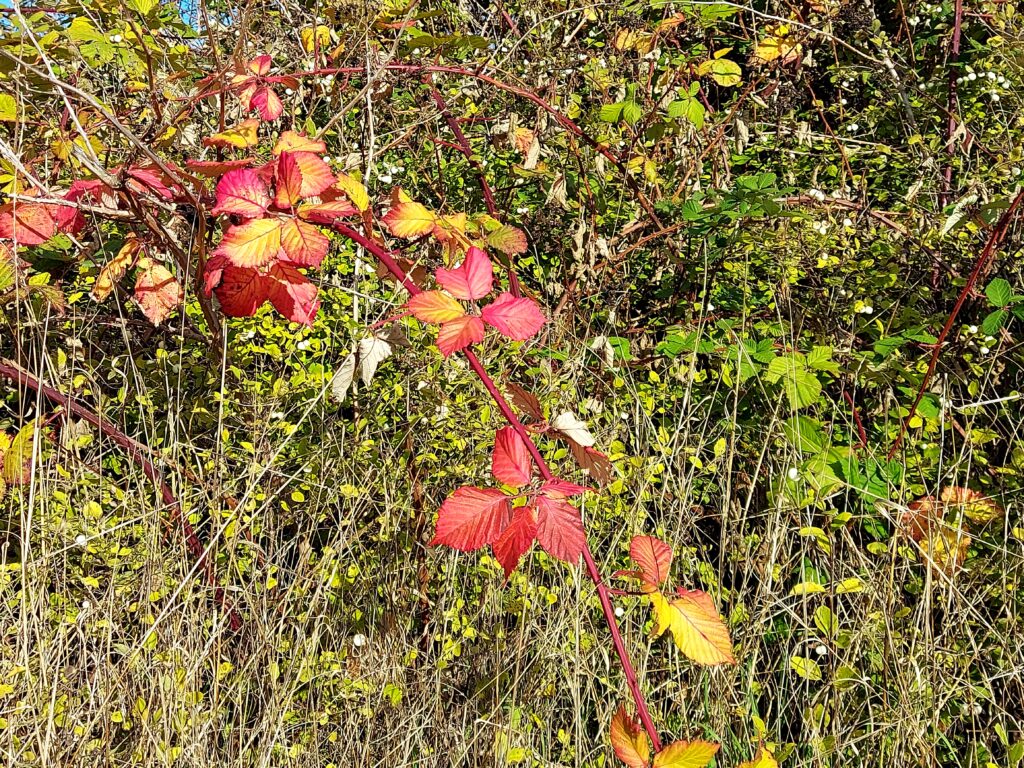
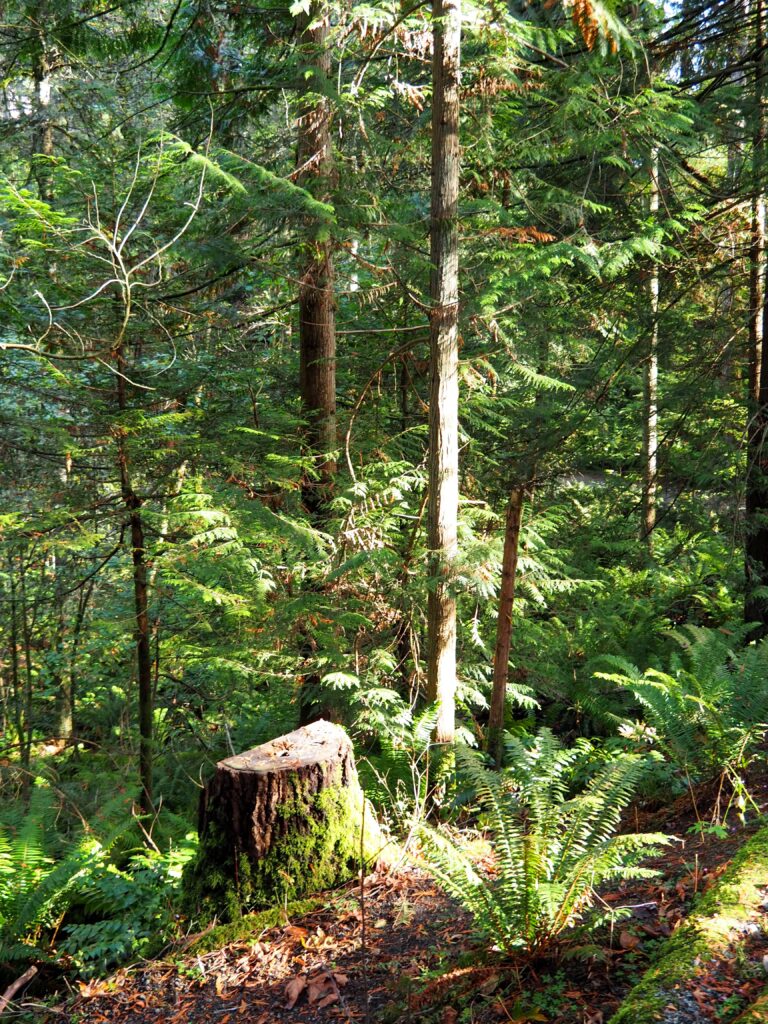
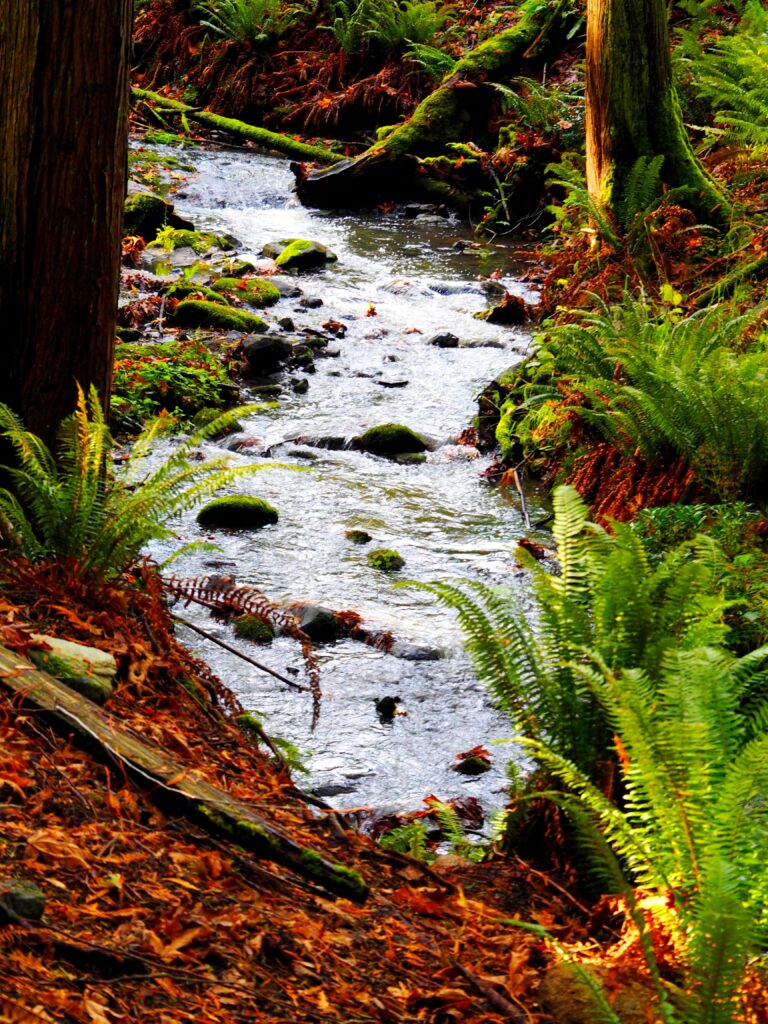
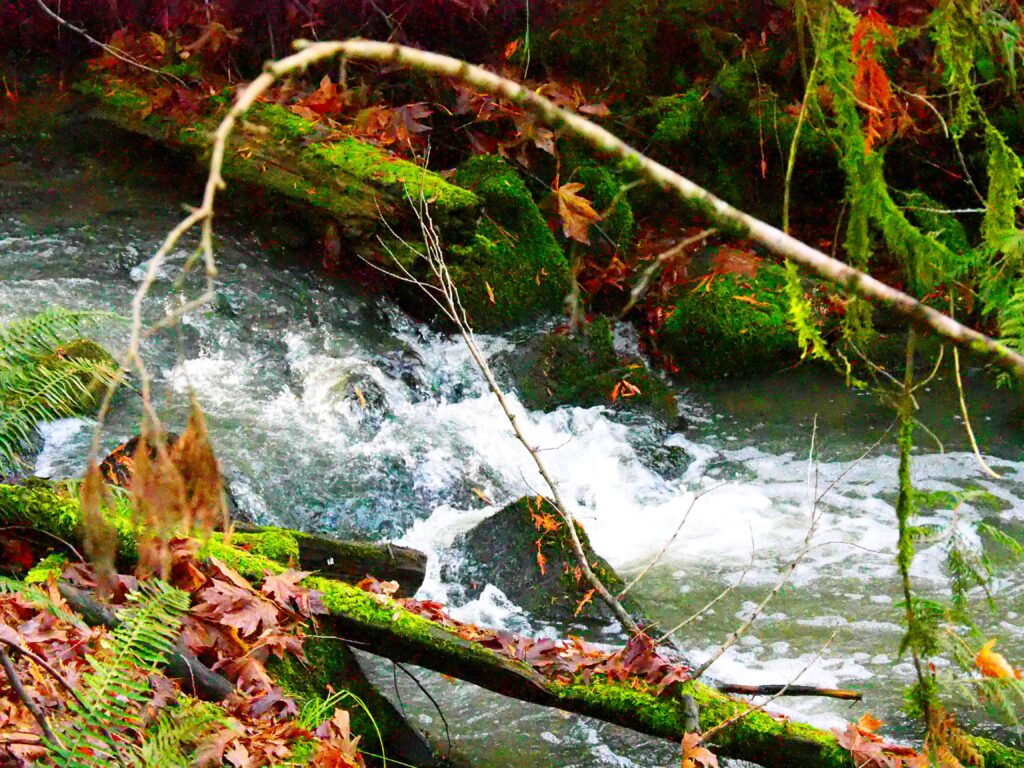
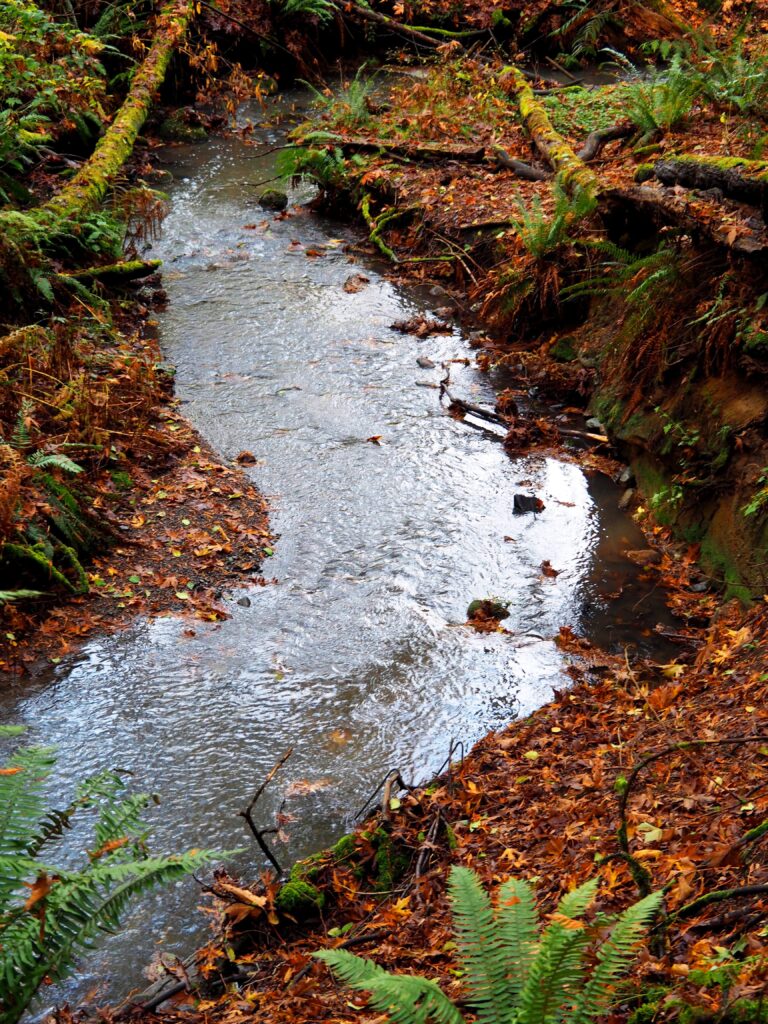
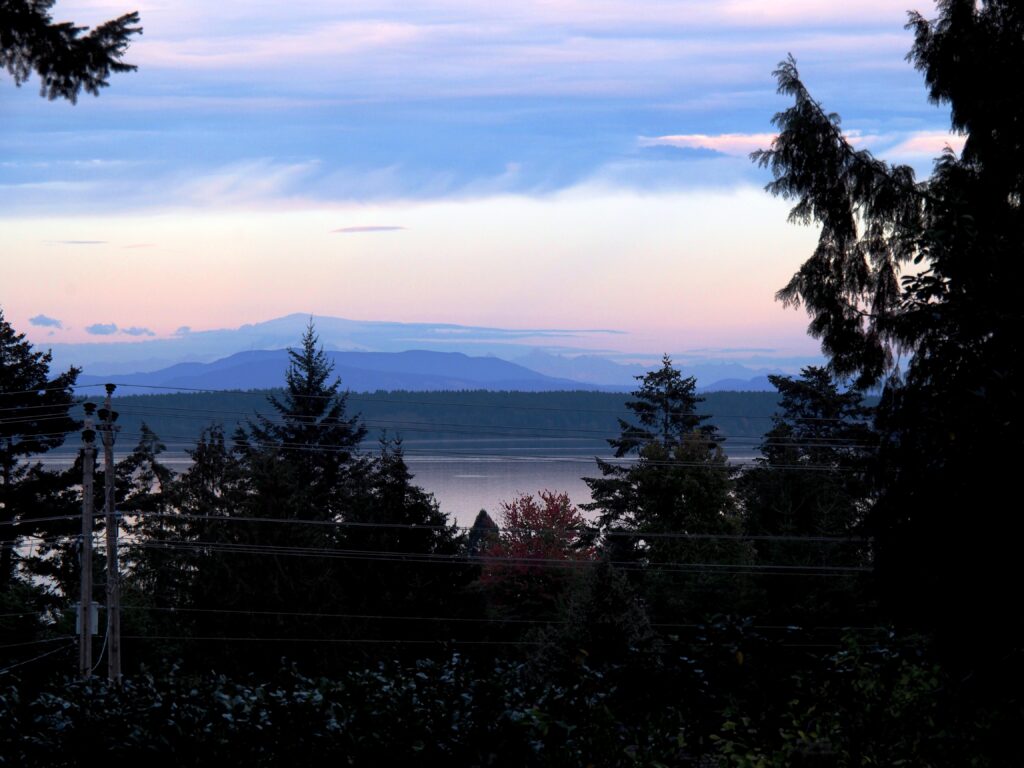
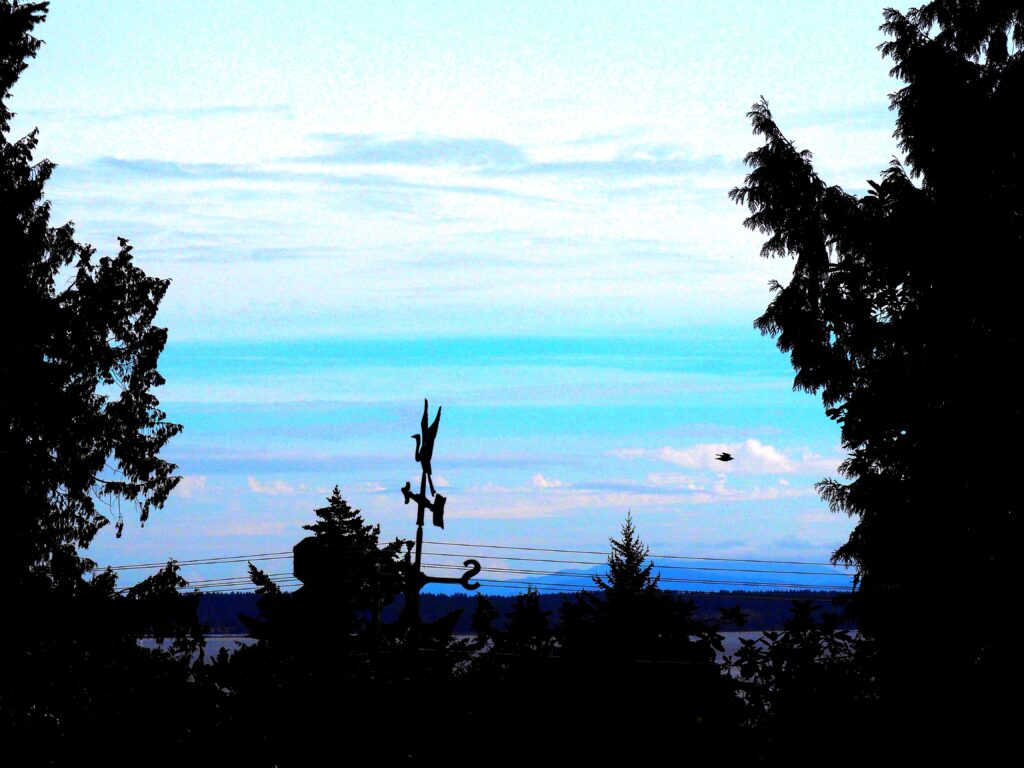
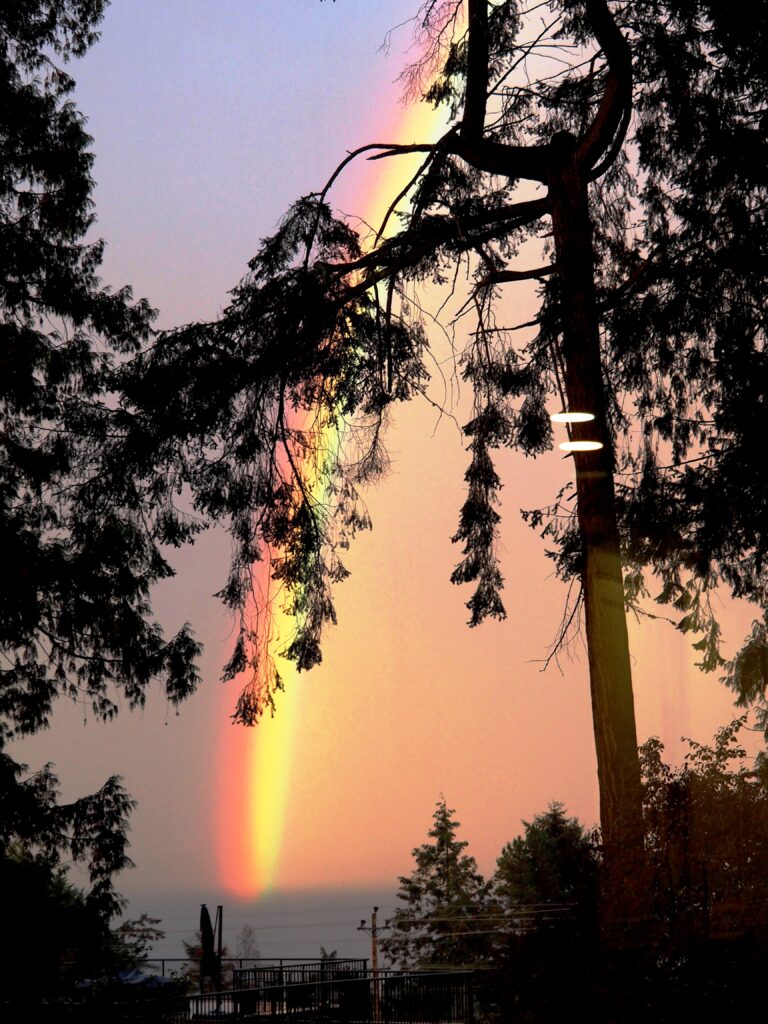
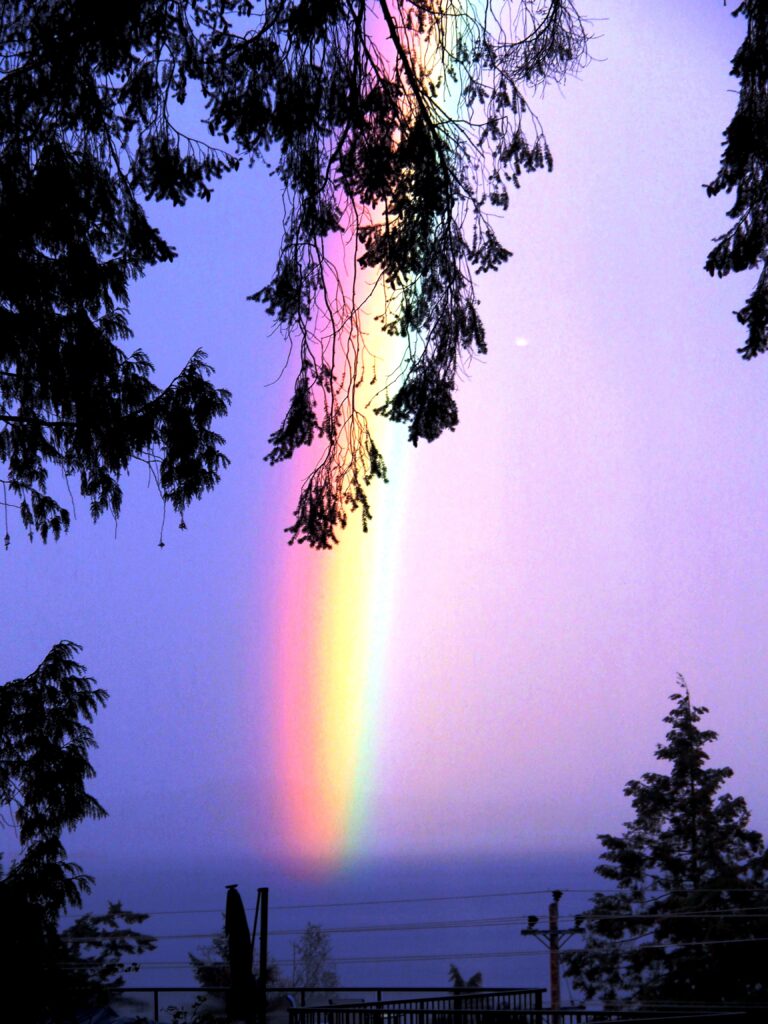
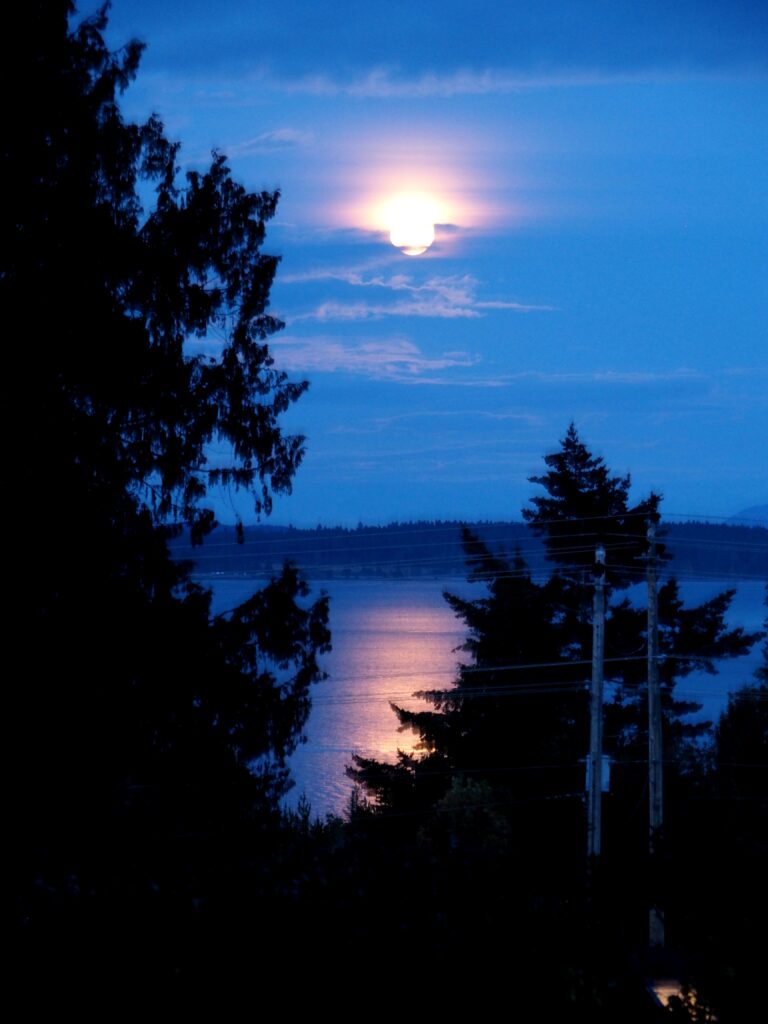
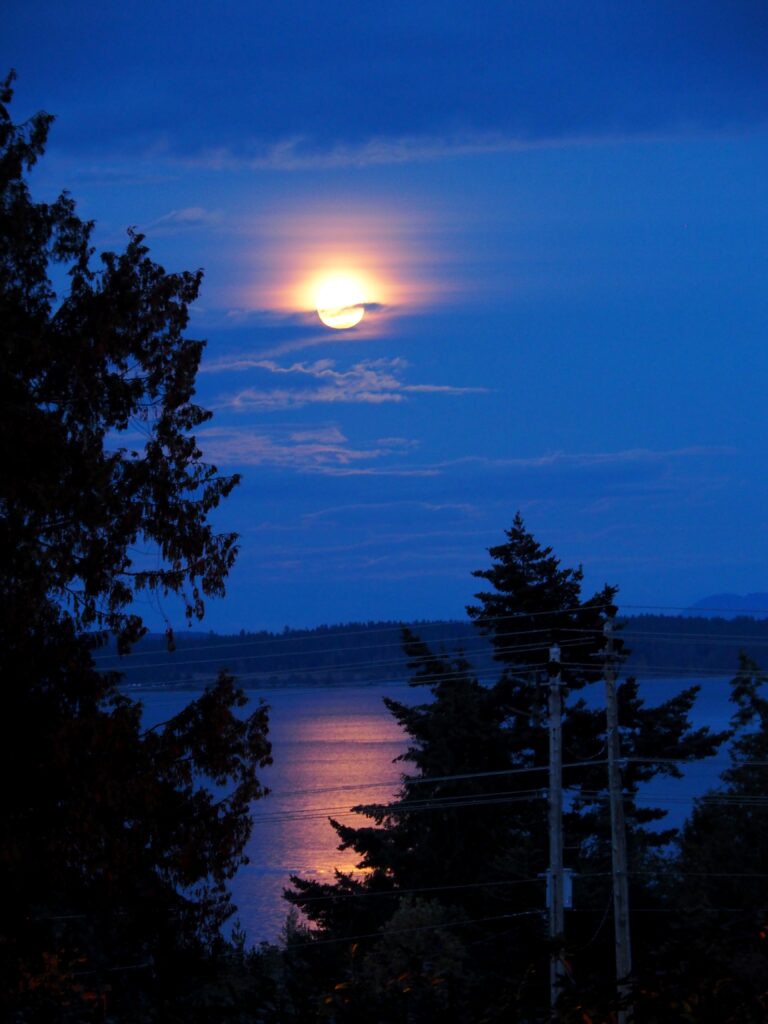

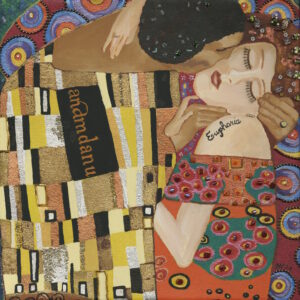
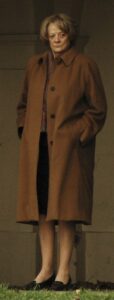
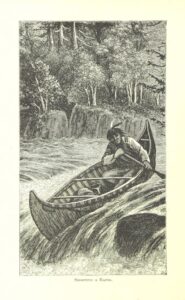
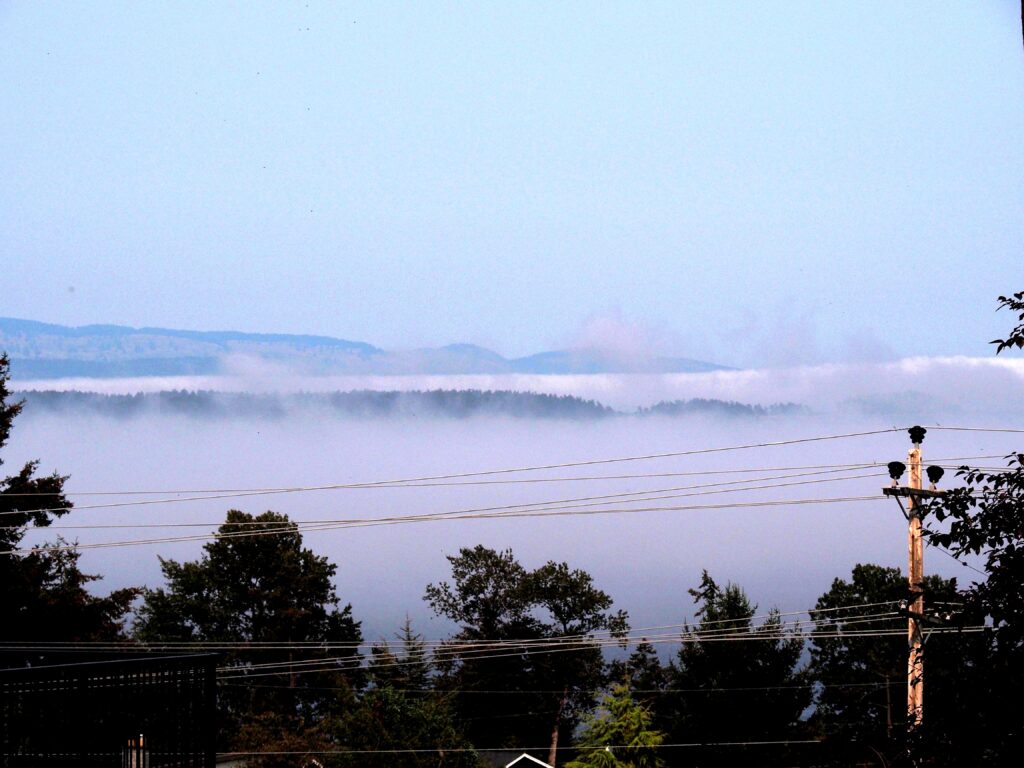
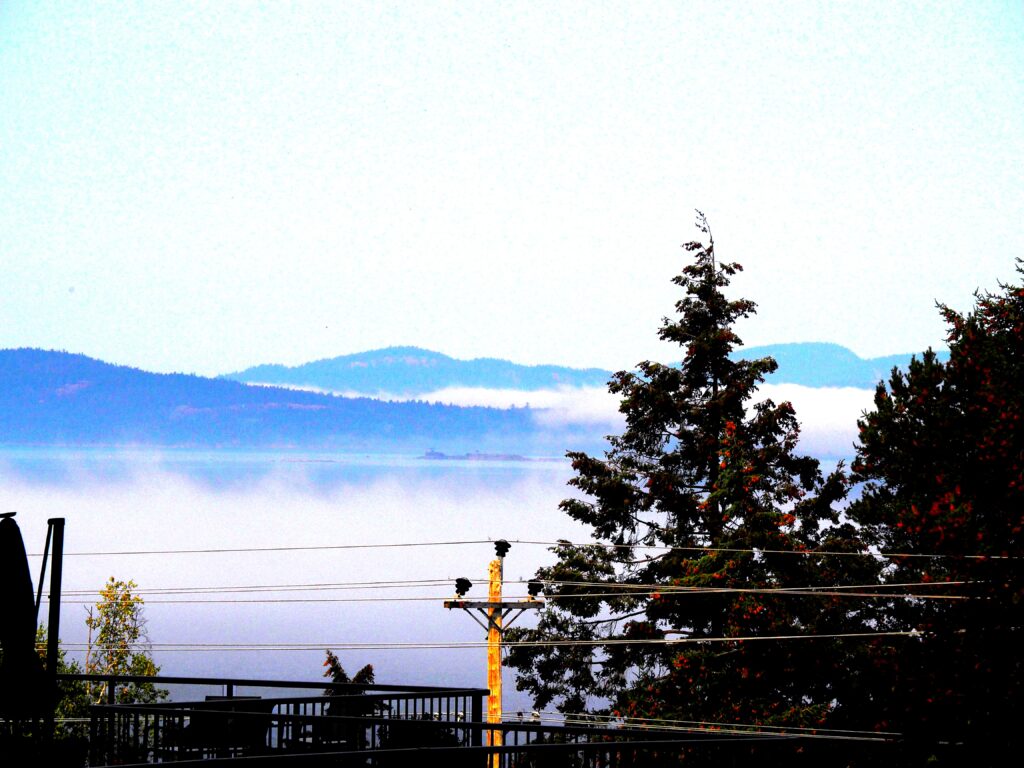
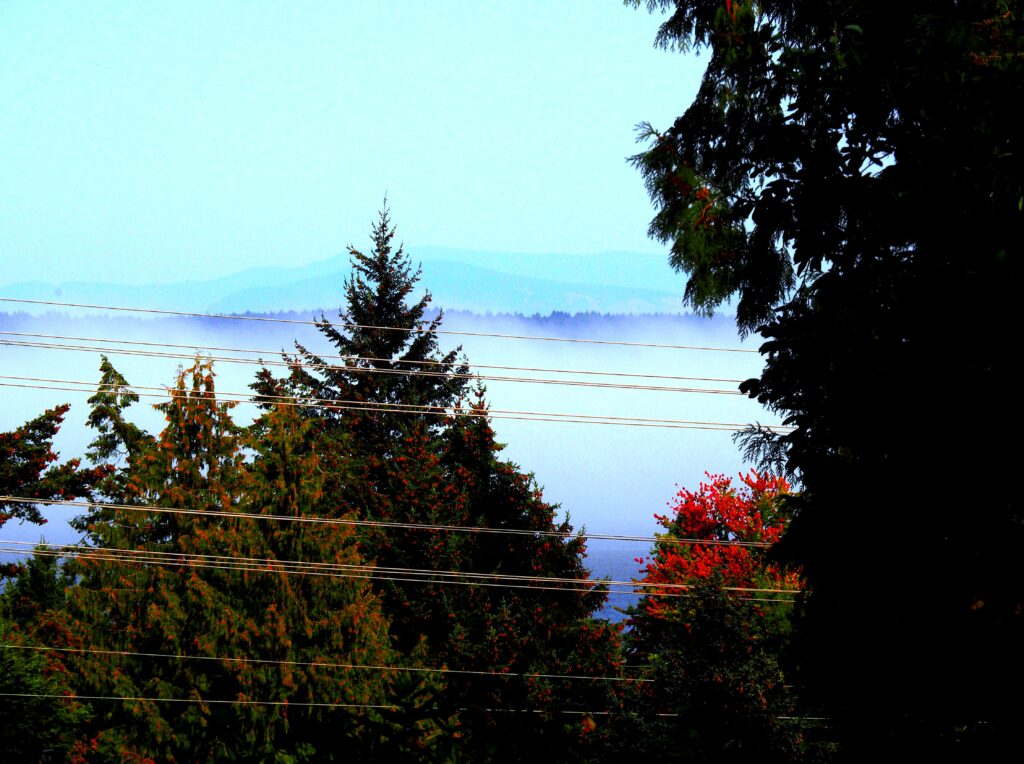
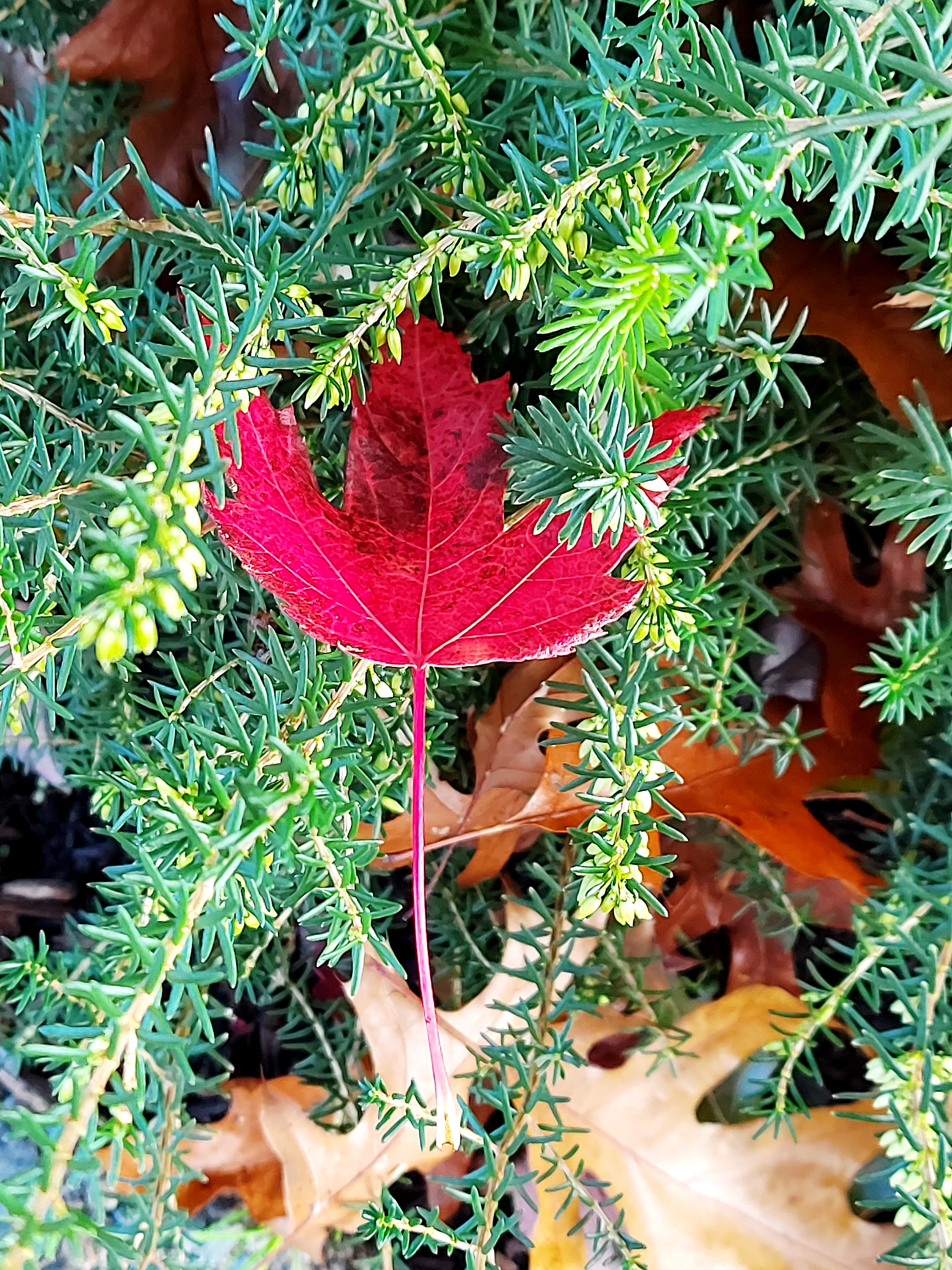


Recent Comments